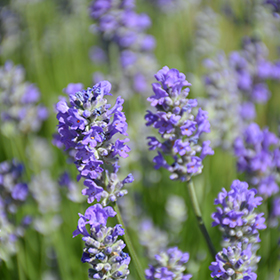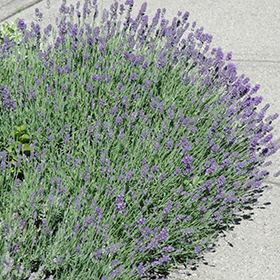Little Henry Sweet Coneflower
Rudbeckia subtomentosa 'Little Henry'
$23.00
This interesting and charming, compact variety has unusual yellow-gold quilled petals with brown button centers; has a mild anise scent; great for cut flowers; a narrow upright grower that makes it a great specimen for the mid-border; very appealing
Features and Growing Tips
Note: Each live plant is unique and may differ from the photo while maintaining its beauty. Plants come in a plastic pot; other items in images are not included.
Landscape Qualities
Little Henry Sweet Coneflower is an herbaceous perennial with an upright spreading habit of growth. Its medium texture blends into the garden | but can always be balanced by a couple of finer or coarser plants for an effective composition.
Ornamental Qualities
Little Henry Sweet Coneflower has masses of beautiful lightly-scented yellow daisy flowers with dark brown eyes at the ends of the stems from mid summer to mid fall | which are most effective when planted in groupings. The flowers are excellent for cutting. Its tomentose pointy leaves remain green in color throughout the season.
Planting and Growing
Little Henry Sweet Coneflower will grow to be about 3 feet tall at maturity | with a spread of 24 inches. When grown in masses or used as a bedding plant | individual plants should be spaced approximately 18 inches apart. It grows at a fast rate | and under ideal conditions can be expected to live for approximately 3 years. As an herbaceous perennial | this plant will usually die back to the crown each winter | and will regrow from the base each spring. Be careful not to disturb the crown in late winter when it may not be readily seen!
This plant should only be grown in full sunlight. It is very adaptable to both dry and moist locations | and should do just fine under typical garden conditions. It is considered to be drought-tolerant | and thus makes an ideal choice for a low-water garden or xeriscape application. It is not particular as to soil type or pH. It is highly tolerant of urban pollution and will even thrive in inner city environments. Consider applying a thick mulch around the root zone in winter to protect it in exposed locations or colder microclimates. This is a selection of a native North American species. It can be propagated by division; however | as a cultivated variety | be aware that it may be subject to certain restrictions or prohibitions on propagation.
Plant Facts
Prefers full sun
Deer Resistant
Keep moisture level dry to moist
Mature Size 4'Hx24"W
Cutflower Favorite
Flowers are yellow with soft fragrance
Flowers from mid summer to mid fall
Attracts butterflies
Zone 4a
Likes average to moist soil














